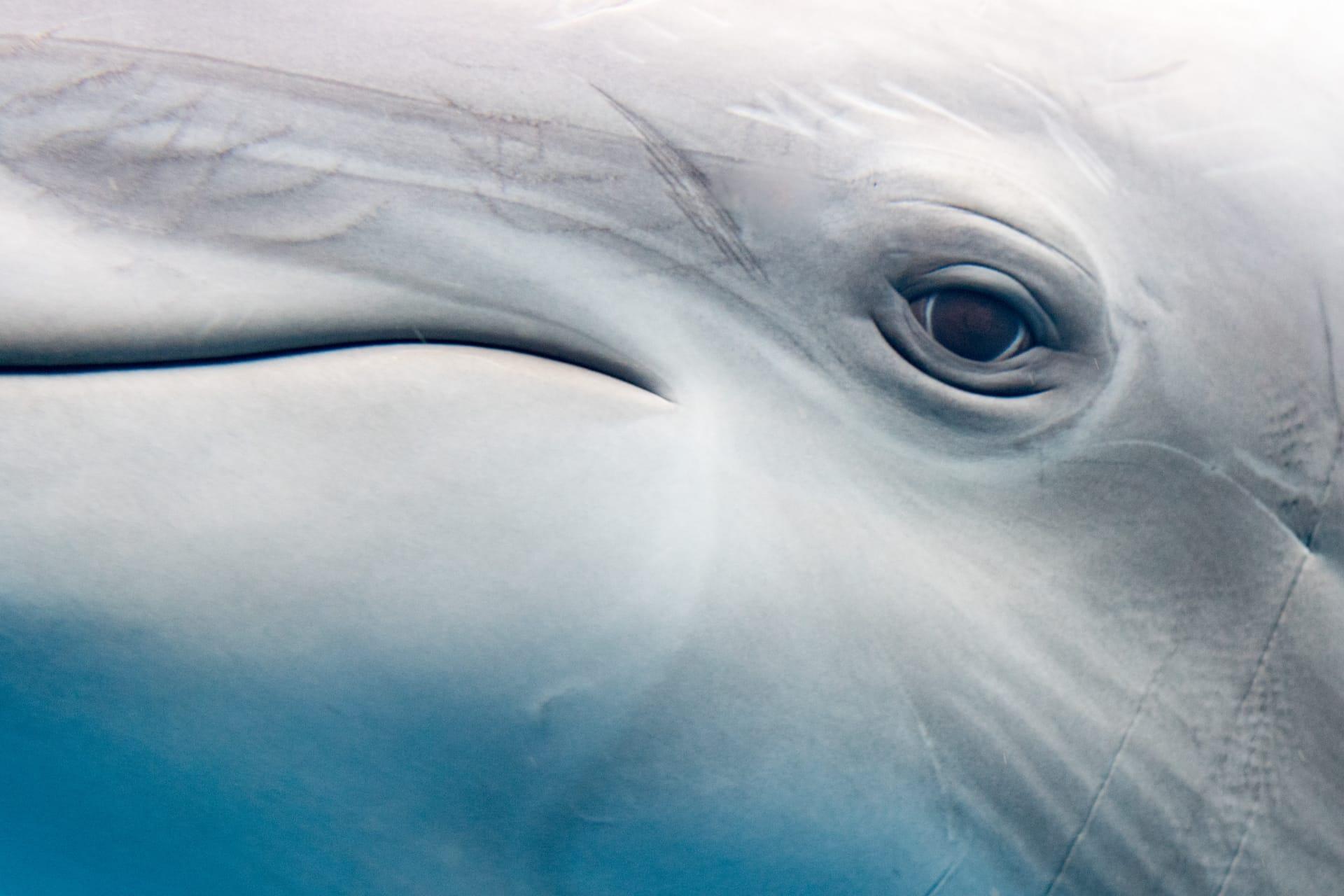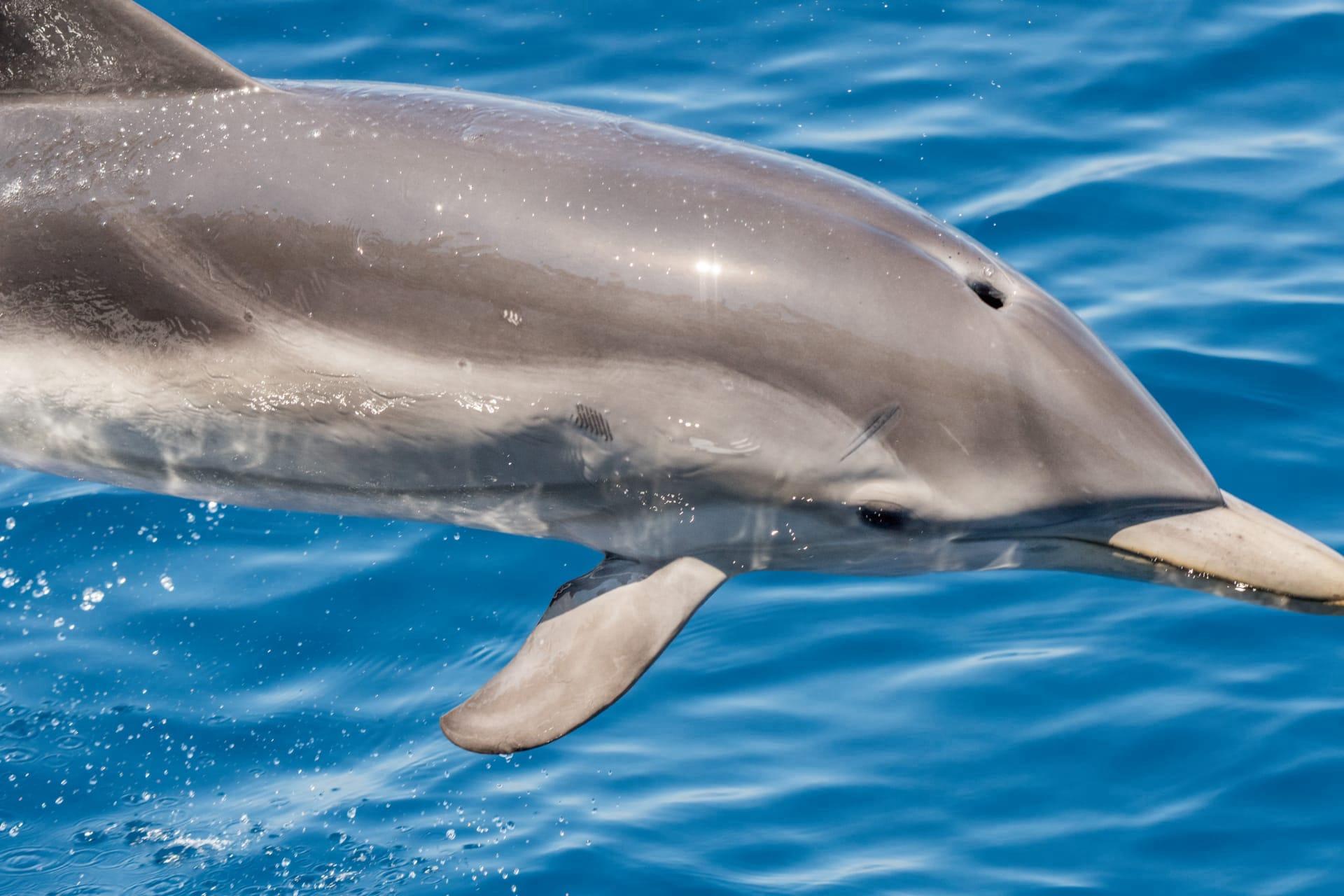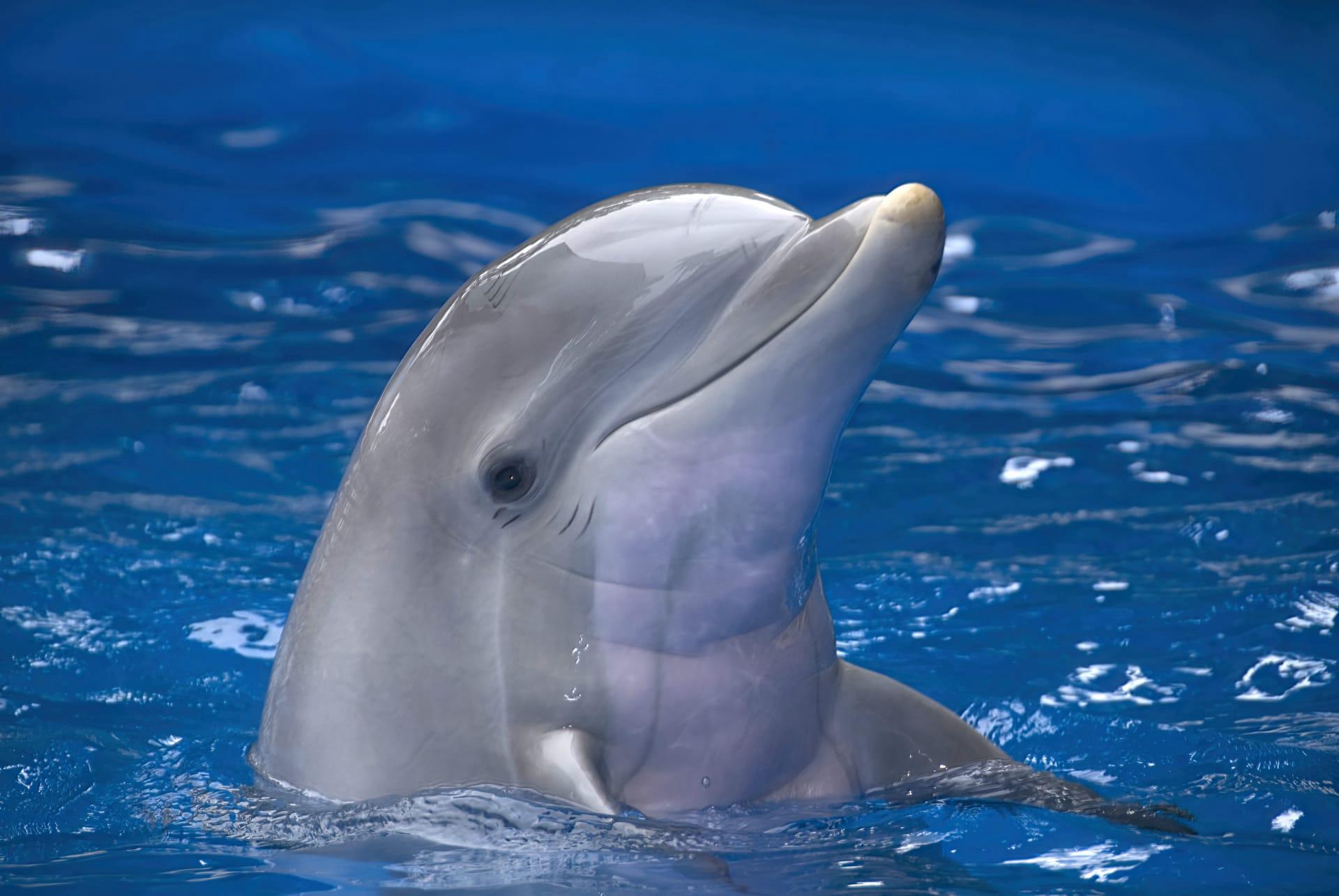1
Dolphins are renowned for their intelligence, but did you know they also have a unique way of seeking out prey? Echolocation is their superpower, allowing them to emit sound waves that bounce off objects, helping them navigate and hunt in murky waters. Imagine this: a dolphin can send out about 700 clicking sounds per second! These clicks create a detailed sonic map of their surroundings, enabling them to locate a fish as small as two inches from up to 230 feet away!
Another fascinating fact is dolphins' sophisticated social behavior. They form tight-knit groups known as pods, often containing up to 12 members, although superpods with hundreds of dolphins can form for feeding or mating. Within these pods, dolphins establish strong social bonds, often seen in their coordinated movements and hunting strategies. They communicate using a variety of sounds, from whistles to body language, creating a complex social structure that's intriguing to observe.

2
Dolphins' playfulness is a well-known trait, but it's more than just fun and games. These playful activities are crucial for their cognitive development and social bonding. They often engage in activities like surfing in the wake of boats or waves, playing catch with seaweed, or even blowing bubble rings! These bubble rings are a spectacular sight: dolphins create them by exhaling air in a circular motion, forming a ring of bubbles that they often swim through or break with their nose.
Remarkably, dolphins have shown the ability to recognize themselves in mirrors, a sign of self-awareness usually seen in highly intelligent species. In experiments, they have demonstrated curiosity and interest in their reflection, often examining marks placed on their bodies. This level of self-recognition is rare in the animal kingdom, placing dolphins alongside humans, great apes, and some birds in this unique cognitive club.

3
Dolphins have a unique way of sleeping that's quite different from ours. They practice unihemispheric slow-wave sleep, which means only one half of their brain sleeps at a time while the other half remains awake. This allows them to continue breathing and to stay vigilant for potential predators while they rest. A dolphin will typically alternate which side of the brain is sleeping, ensuring they remain alert and functional 24/7.
Another intriguing aspect is their healing capabilities. Dolphins have shown remarkable wound recovery, even from significant injuries. Their skin regenerates at an incredible rate, and they don't seem to suffer from the same level of infection or complications as other animals might. This rapid healing is still a bit of a mystery to scientists but is thought to be linked to their immune response and the unique properties of their skin.

4
Dolphins are not only smart but also have a fantastic memory. Studies have shown that dolphins can remember the whistles of their companions, which are as unique as human fingerprints, for over 20 years. This long-term memory aids in their social navigation and maintaining relationships within the dolphin community, even after long periods of separation.
Another fact that showcases dolphins' intelligence is their use of tools. A population of dolphins in Shark Bay, Australia, has been observed using marine sponges as tools. They place these sponges on their snouts to protect themselves while foraging on the seafloor. This behavior is not instinctual but learned, passed down from mother to calf, demonstrating cultural transmission of knowledge in dolphins.

5
Dolphins have a complex language system that includes a series of vocalizations and body gestures. Each dolphin has a unique signature whistle that acts like a name, allowing other dolphins to call out to or about that individual specifically. This system of individual identification is crucial for their communication in the vast ocean.
Lastly, dolphins display empathy and cooperative behaviors not only among their kind but also towards other species, including humans. There have been numerous accounts of dolphins guiding lost swimmers to safety, protecting humans from sharks, and even assisting other injured animals. This sense of empathy and altruism adds an intriguing depth to their social complexity and emotional intelligence.